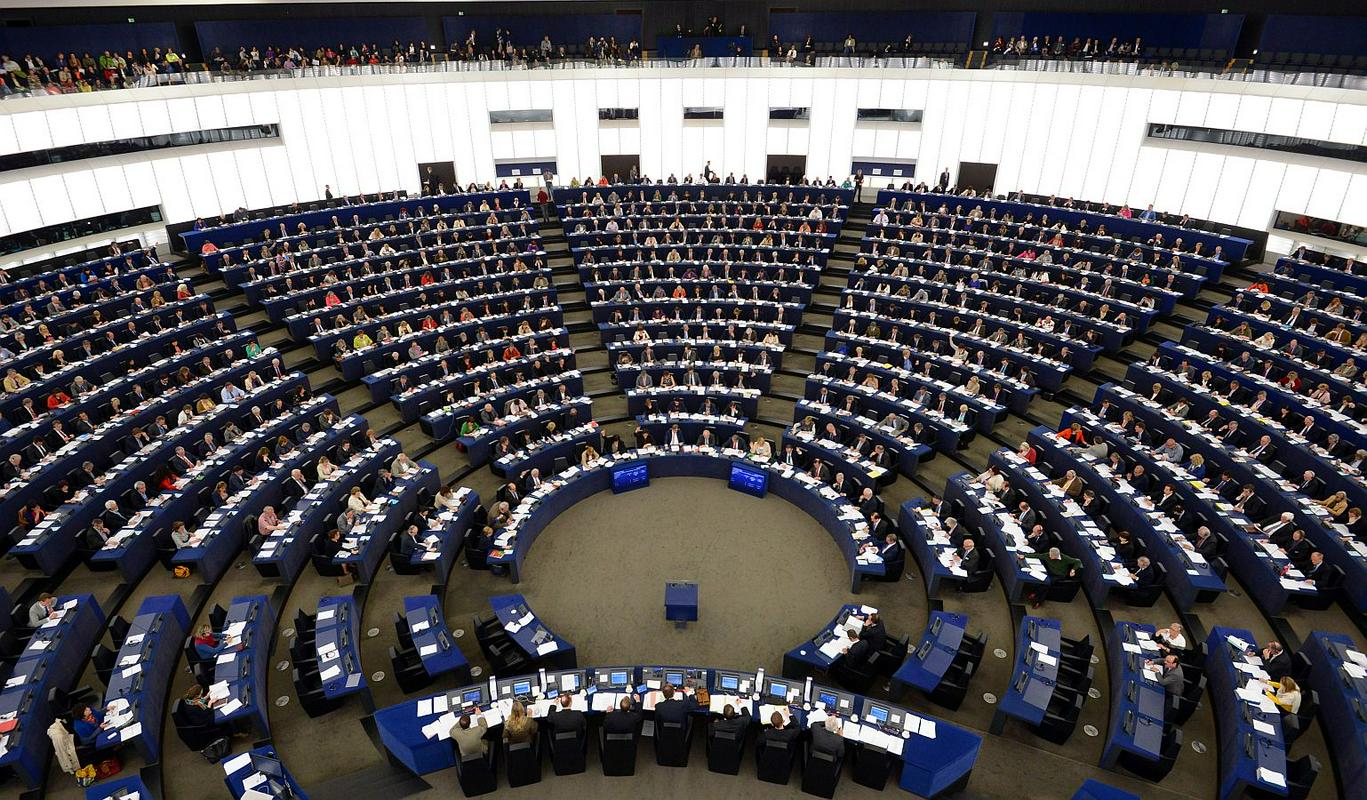
Not only Slovenia, several other European countries are facing low voter turnout in national and regional elections. In recent years, European elections, where members of the European Parliament are being elected, have also had a low voter turnout. As members of the European Parliament decided in spring, the European elections will be held next year. The elections will be held across the European Union from 23 to 26 May 2019.
In the last European Union elections, the voter turnout was slightly more than 42 percent. It was the highest in Belgium (almost 90 percent), because voting is obligatory there. Voter turnout was the lowest in Slovakia – barely 13 percent. Slovenia with 24.55 percent belongs to the very tail of the EU countries when it comes to the interest of the European elections. Only Czech Republic (18.2 percent) and Poland (23.83 percent) had even smaller voter turnout.
What about next year?
Brussels doesn’t believe voter turnout is going to fix itself, and that’s why they proposed the reform of the electoral law before the new European elections. This way, at least another percentage of the EU citizens would cast their vote. During the last European Parliament’s plenary session in July, most members of the European Parliament supported reform proposals, the most notable being the postal voting, as well as the e-voting.
Which means the Member States could next year vote for Members of the Parliament online. However, it seems that online European elections will only take place in the north-eastern and south-eastern parts of the EU – in Estonia and maybe in Bulgaria. The rest of the EU Member States will be participating in the online voting system in six years in 2024.

























































